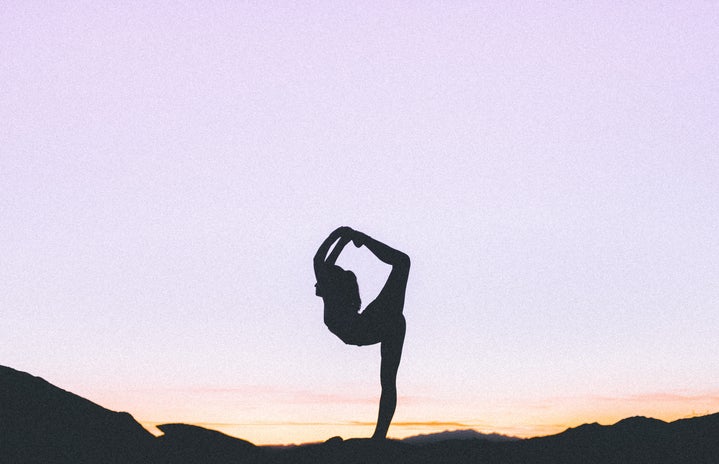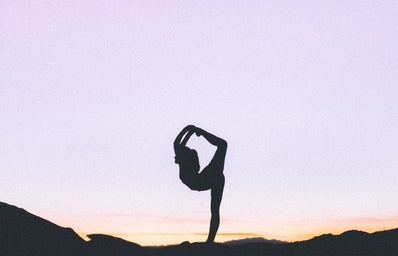We salute those lucky students escaping the frigid winter for the warmth of spring break. Ahem, jealous, but mostly happy for you. In the haste to shed those itchy layers and unthaw in a sunbeam, don’t forget to respect your skin. Self-care is SPF and shade as your skin deserves protection against harmful ultraviolet rays. I’m the first one to admit that I want a sunburn to salvage me through the rest of winter- remnants of warmer times to keep with me- but that’s weird. Staying safe doesn’t mean you have to sacrifice your glowing tan, either! Pigment variations can still happen while using SPF, just remember why Earth is so far away from the sun in the first place. Pack some sunscreen and a hat and bon voyage!
-
Sunscreen levels. The FDA recommends using a minimum value of SPF 15 and a maximum of SPF 50 (there is no research that confirms SPF values higher than 50 provide greater protection). Any value below 15 can only help prevent a sunburn, it cannot protect against harmful ultraviolet A and B rays.
-
Reapply. Set a timer on your phone for every two hours.
-
“Waterproof” sunscreens. These types of products need to be reapplied more often, specifically each time after your body is in water or sweats the product out. The FDA advises that, “no sunscreens are ‘waterproof’ because all sunscreens eventually wash off. Sunscreens can only be labeled as ‘water resistant’ if they are tested according to the required SPF test procedure.”
-
Use everyday! Even when it is cloudy out (no, this is not a warning against “cloudburn”) the UV rays filter through. SPF can be in lotions, chapsticks, sprays, BB creams, and hair moisturizers. With all of these options incorporated into our everyday products, staying safe is easier than ever before.
-
Spray heavily. Spray sunscreens are more convenient than lotion, but the nozzle acts like a filter between the sunscreen and your skin. Be careful to apply at least two layers to your skin so that every cell is covered.
-
Shade. Be extra on your vacation and serve the shade. Chic hats, umbrellas, and beach umbrellas all can do the job.
-
Wear sunglasses with 99-100% UV absorption (Mayo Clinic).
-
Limit time spent in the sun. The sun’s rays are the strongest between 10 a.m. and 2 p.m.
Remember, you can’t look directly at the sun and neither can your skin! Safe travels!



